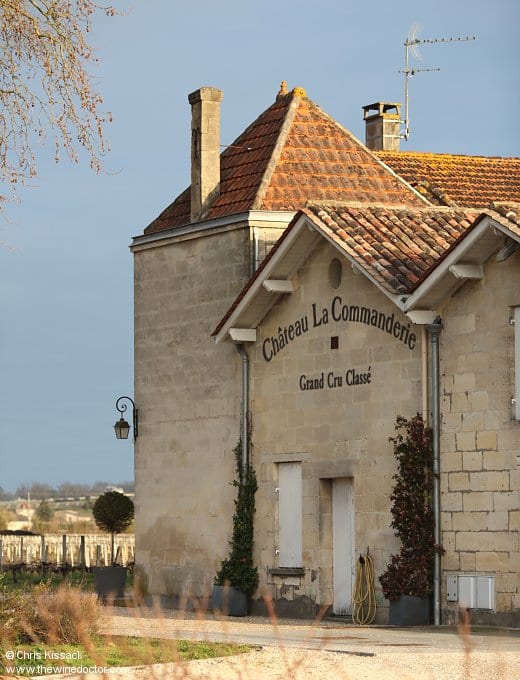Château La Commanderie
It is perhaps unsurprising, with a name like Château La Commanderie, that the origins of this property lie with the Hospitaliers de Saint-Jean de Jérusalem. This religious order owned a number of properties around St Emilion and Pomerol, including Château Beauregard, Château du Domaine de l’Église and perhaps also Château Gazin, not to mention one of the region’s other properties which share this name, Château La Commanderie in Pomerol. Many of these properties lie on the pilgrimage routes which run south through the region, most notably on the Route de Saint-Jacques de Compostelle. Historical detail on their activities are naturally sparse, although it seems likely that the Hospitaliers tended vines, grew other crops, and of course offered lodgings to the pilgrims who were en route to Santiago de Compostela.
Sadly, despite this purported origin, very little of this domaine’s ancient history is known. Château La Commanderie as we know it today does not make an appearance in any older copies of Cocks et Féret, and it was only in 1969 that the property was first described. At this time it was in the ownership of Monsieur Felloneau-Viaud, and by 1982 it seems to have been passed to the Brasseur-Dandoy family. At this time there were just 4 hectares of vines planted here, the vineyard dominated by Merlot at 85%, complemented by 10% Cabernet Franc and 5% Cabernet Sauvignon. The proprietor was one Pierre Brasseur, although he sold the property to Marcel Roger, an architect from Narbonne who also had a history of viticulture and winemaking in Saint-Chinian, in the Languedoc. Marcel specialised in the design of viticultural buildings, cellars and cuveries, and so presumably he would have been capable of instigating any necessary upgrades that were required.

